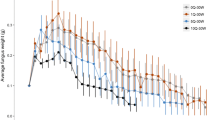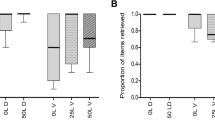Abstract.
Interspecific interactions are often assumed to be mutualistic if one species appears to benefit. However, most studies do not test whether both participants benefit. Myrmecochory, or seed dispersal by ants, is characterized by a lipid-rich appendage, or elaiosome, on a seed. Typically, ants gather the diaspores (i.e., seeds with elaiosomes), carry them to the nest, consume the elaiosome, and discard the seed unharmed either inside the nest or on a refuse pile. The benefit to the ants is presumably the nutritional content of the elaiosome, whereas benefits to the plant include dispersal from the parent plant, protection from predators, reduced seedling competition, protection from fire, or transportation to nutrient-rich microsites. Most studies of myrmecochory focus on potential benefits to the plants and simply assume that ants receive a benefit from consuming elaiosomes. I tested whether Pogonomyrmex californicus benefits from consuming Datura wrightii and D. discolor elaiosomes by raising newly-mated queens (i.e., foundresses) on different diets and measuring their survival and brood production. Foundresses reared solely on D. wrightii or D. discolor had similar probabilities of surviving and producing brood as foundresses fed a standard diet, but the number and developmental stage of the brood produced was severely reduced. Because the initial number of brood produced is critical for successful colony establishment, the future fitness of foundresses consuming only Datura is likely reduced. In addition, adding Datura to a standard diet did not increase queen survival or brood production. Although it is possible that Datura may help sustain a colony through periods of scarcity, P. californicus do not appear to receive nutritional benefits from myrmecochorous interactions with Datura in the northern Sonoran Desert.
Similar content being viewed by others
Author information
Authors and Affiliations
Corresponding author
Additional information
Received 4 July 2005; revised 17 April 2006; accepted 9 May 2006.
Rights and permissions
About this article
Cite this article
Marussich, W.A. Testing myrmecochory from the ant’s perspective: The effects of Datura wrightii and D. discolor on queen survival and brood production in Pogonomyrmex californicus. Insect. Soc. 53, 403–411 (2006). https://doi.org/10.1007/s00040-005-0888-3
Published:
Issue Date:
DOI: https://doi.org/10.1007/s00040-005-0888-3




